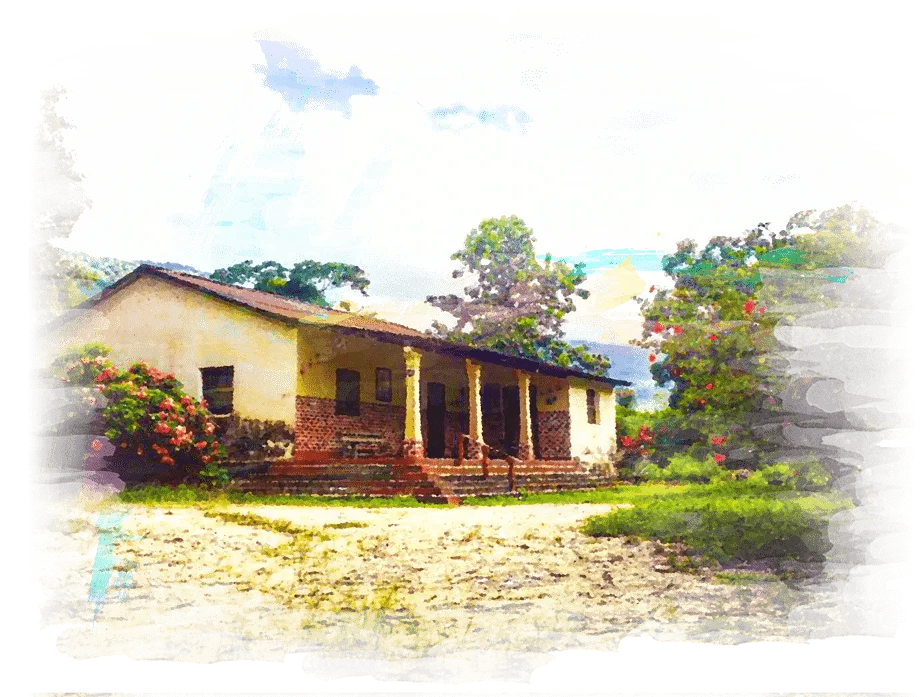
cacao gourmet
mantuano fino
Evaluation 2.1
SWEET FRUITY 1.8
CITRUS FRUITY 2.0
FLORAL 0.5
CREOLE 0.0
COCOA 2.6
WOODSY 1.8
SPICES 0.0
ANNUAL PRODUCTION (MT) 6
MAIN HARVEST DEC-APR
MID HARVEST JUN-JUL
CREOLE BEANS 16%
FERMENTED BEANS 76%
VIOLET BEANS 12%
SLATE BEANS 12%
TOTAL 100%
Beans / 100g: 87
g./1 Bean: 1.15 g
CERTIFIED NO
AWARDS NO
Physical and Organoleptic Characteristics
Positive Flavors
Cocoa
Bark
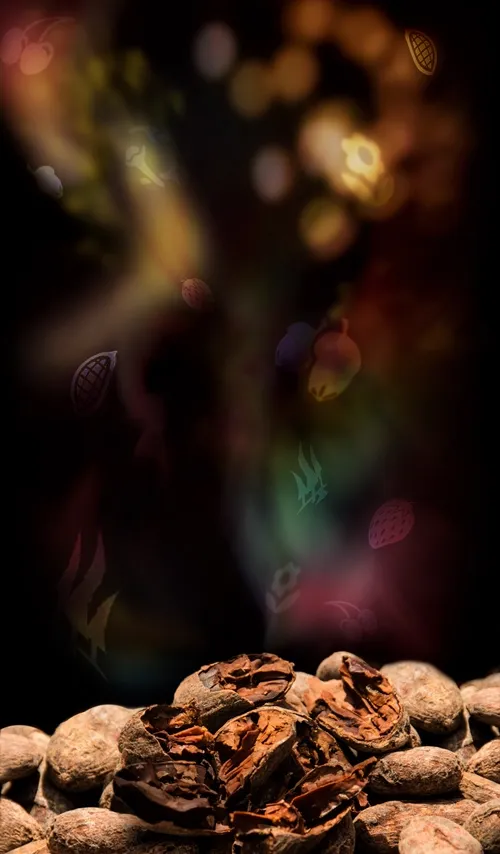
Assessment
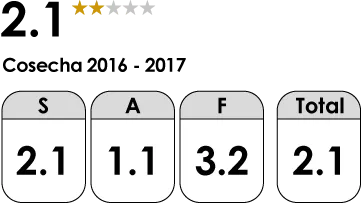
S = Flavor:
MEDIUM Denotes a light fruity flavor
A = Aroma:
LOW Essences of overripe fruits
F = Fermentation:
MEDIUM Moderate astringency and bitterness
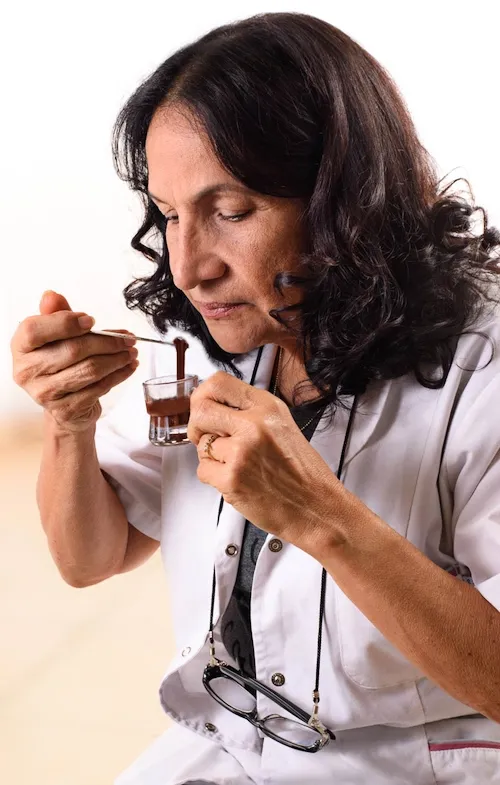
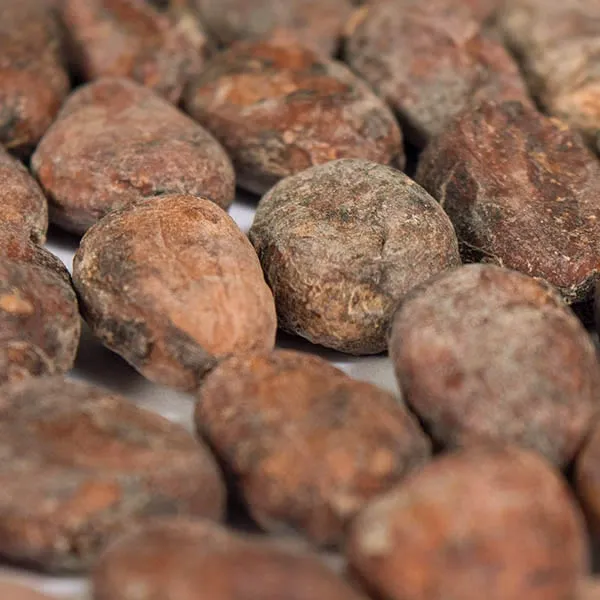
Cut Test Analysis
The Mantuano bean, according to genetic introgression with high Trinitario ancestry and moderate Creole genetics, has 16% white beans.
The following results are determined in the cut test; (±16%) in Creole beans, (±76%) in fermented beans, (±12%) in violet beans, and (±12%) in slate beans.
In relation to weight, it contains 87 almonds relative to a weight of 100 gr, in other terms each almond weighs 1.15gr.
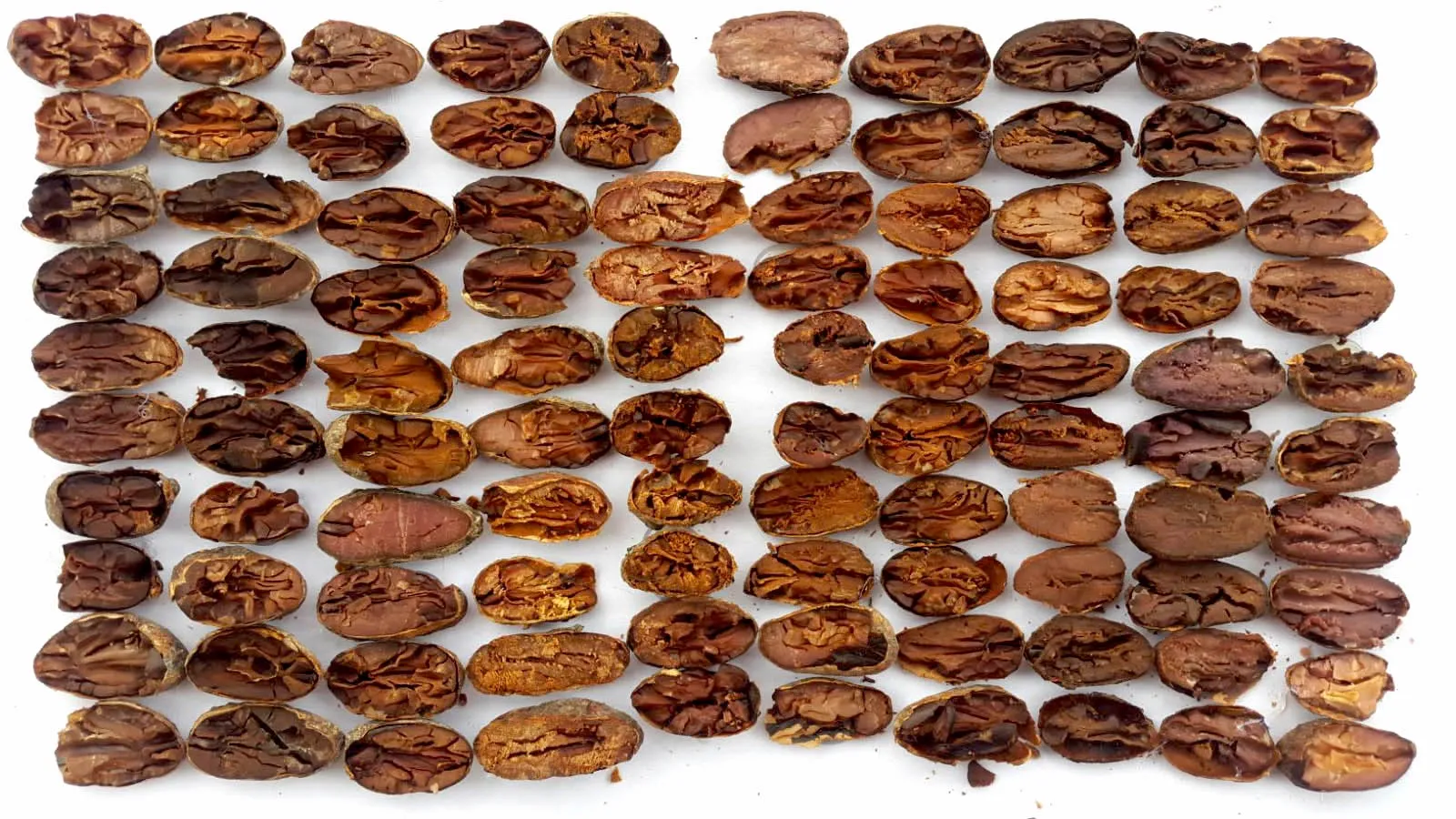
Flavor Map
"The flavor attributes of Mantuano cocoa are of mild intensity where acidic and fruity flavors are most perceived. This profile denotes that the genetics of this material correspond to a modern Creole,"explained Ms. Gladys Ramos, Agricultural Engineer.
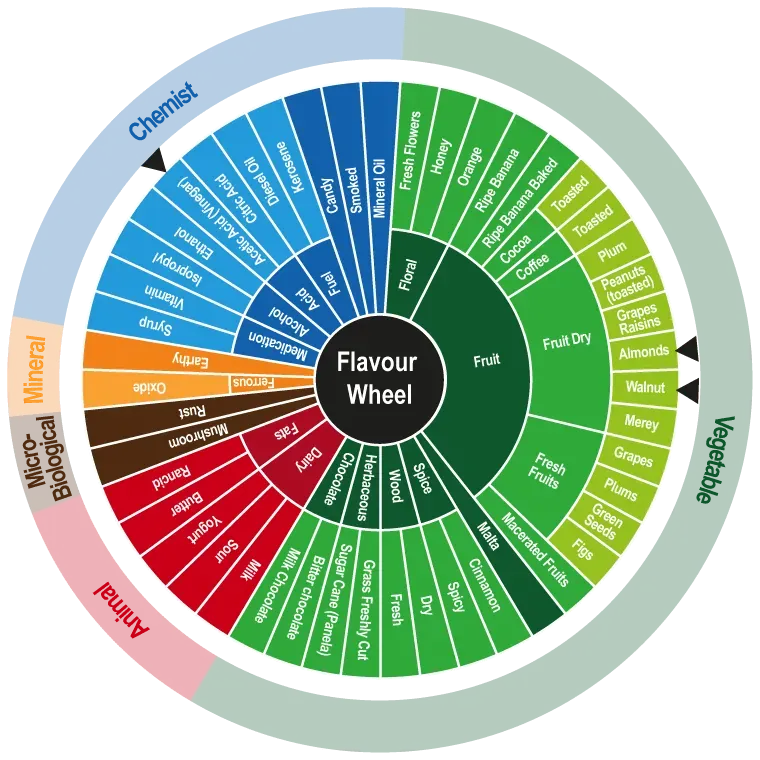
Sensory Map
"By minimizing and controlling the sensation of astringency, the characteristic flavors of Mantuano cocoa are better explored, such as floral and nutty notes. The genetics of this cocoa are truly promising, as well as its almond index that offers a good yield of edible material"explained Ms. Gladys Ramos, cocoa expert and food science researcher
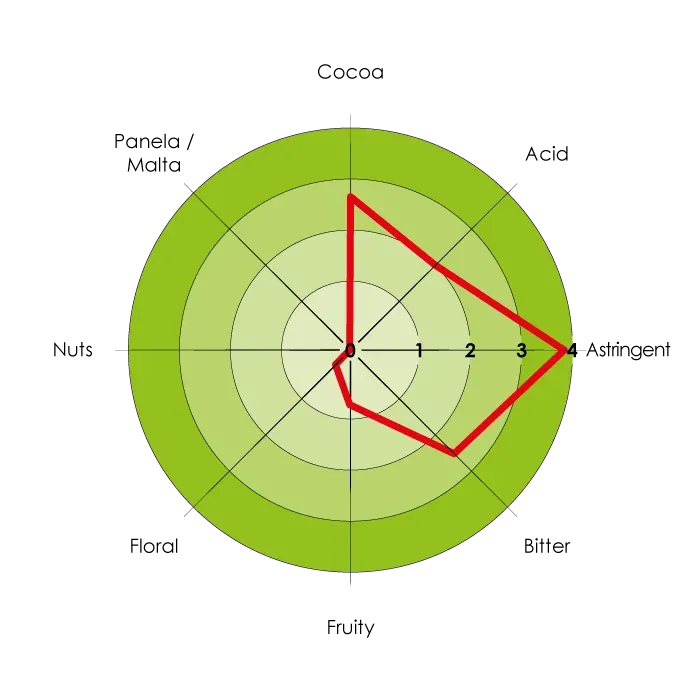
Post-Harvest Processing
Fermentation Protocol
The Mantuano bean has a high percentage of Trinitario genetics and moderate Creole descent, following this fermentation process:
Cocoa Type
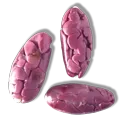
Trinitario
Fermentation Days
5 to 7 days
Fermentation Techniques
-
Box type: Wood
-
Turning frequency: every 48 hours
-
Fermentation method: Beans are wrapped in banana leaves.
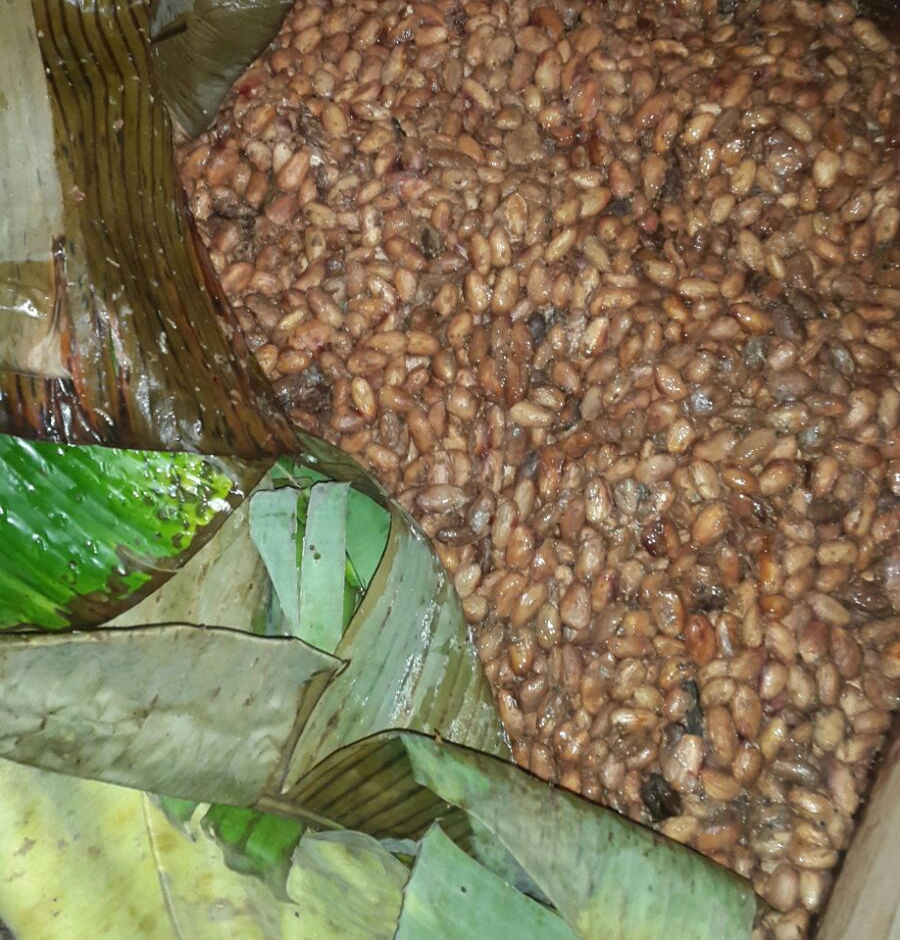
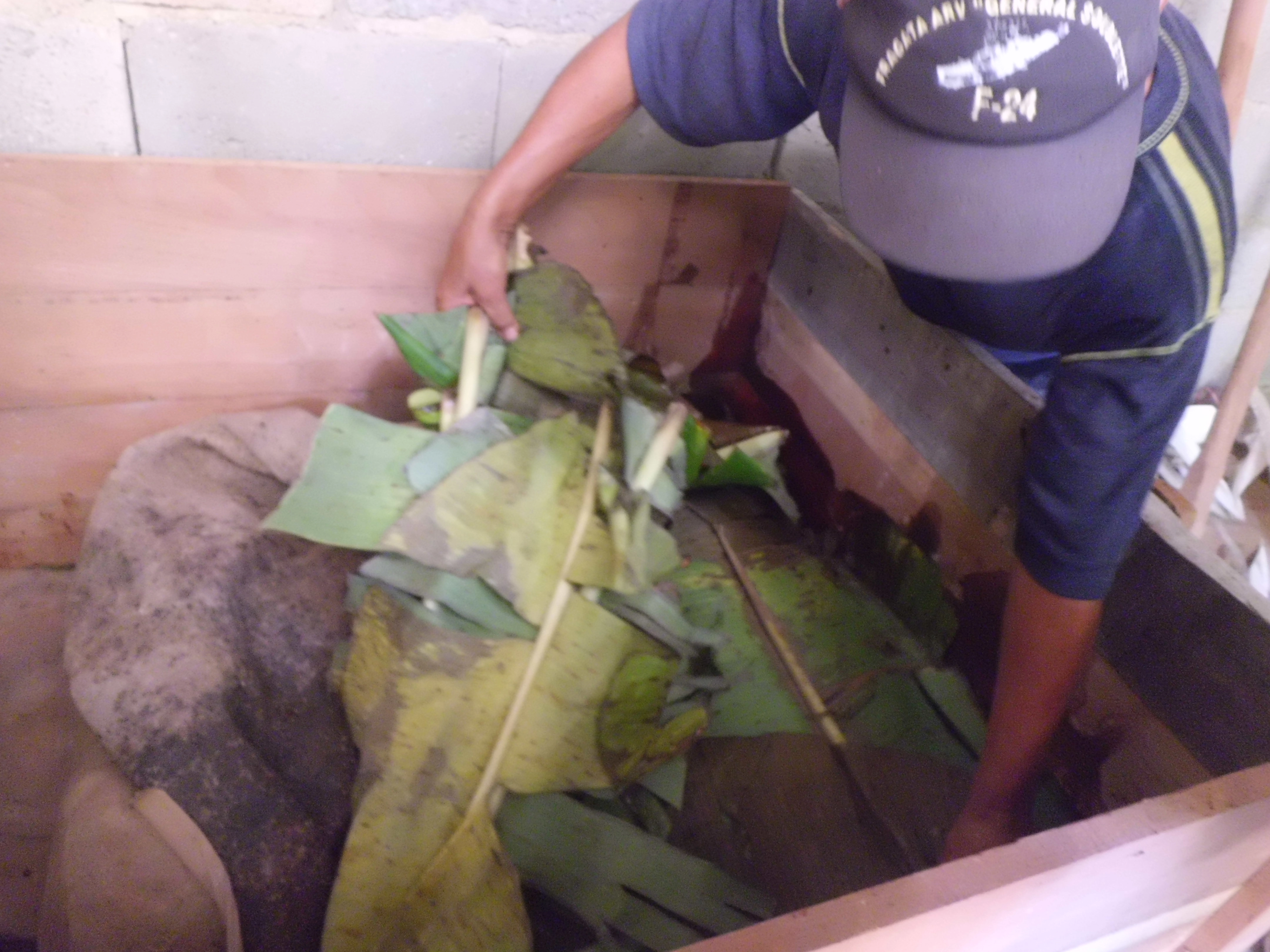
Drying Protocol
The drying process of Mantuano cocoa follows this protocol:
Cocoa Type
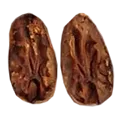
Dry Trinitario
Drying Days
5 to 6 days
Drying Techniques
-
Floor type: cement/concrete
-
Moisture: 7.5%
-
Drying method: sun-dried
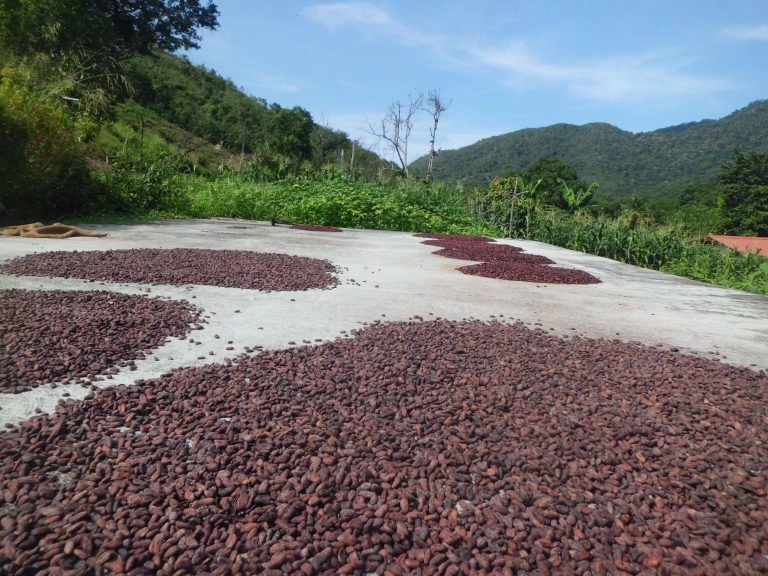
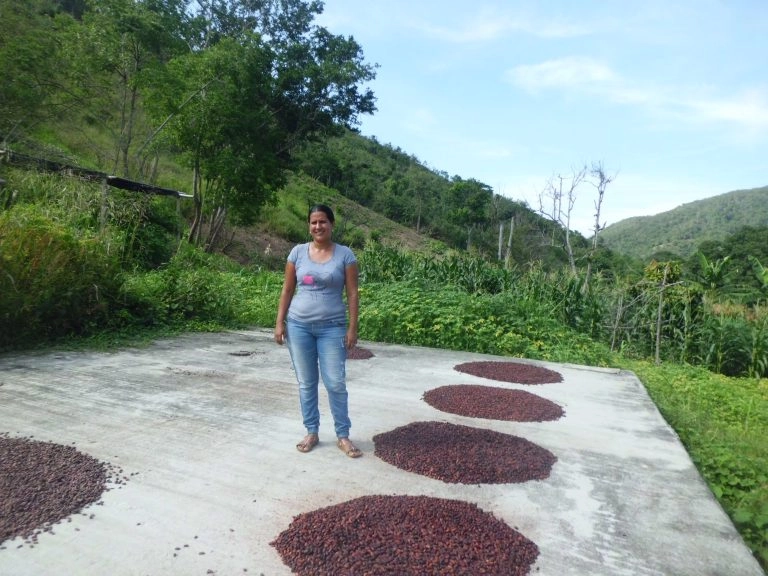
Traceability
certifications and awards
The producers of Mantuano are organized, as they are part of the Association of Producers and Artisans LA FLOR DE MANTUANO, currently made up of 25 producers, all natives of the parish.
They have a leader passionate about working the land. Her name is Beatriz García. She is 36 years old and is currently the president of the cooperative. Day after day, she gives her heart and soul to this work, fighting to preserve the heritage she inherited from her mother. collaborates and encourages producers who lack financial support.
"The Mantuano Producers Association employs nine people who receive no financial benefit, but the satisfaction of caring for the valuable seed, providing support to producers, and carrying out the harvest process with the highest quality, keeps them convinced that the best cacao is found in Mantuano," reported Beatriz García, President of the Mantuano Producers and Artisans Association.
The communities of this mystical town lead an austere lifestyle, living in palm and mud houses, as well as in some block houses.
The walls of the enclosure were built by the men and women who today perform the pre- and post-harvest work.
They have manual machines such as toaster ovens, hullers, pre-mills, pulverizing mills, vibrating tables, and Conching plant, all reserved for optimizing the production, processing, and distribution of cocoa in its various forms.
Currently, 6,000 kg of cocoa are produced annually in Mantuano.
Their work days are 12 hours a day, beginning with the harvesting of cocoa brought by affiliated producers. Once received, they break it up immediately.
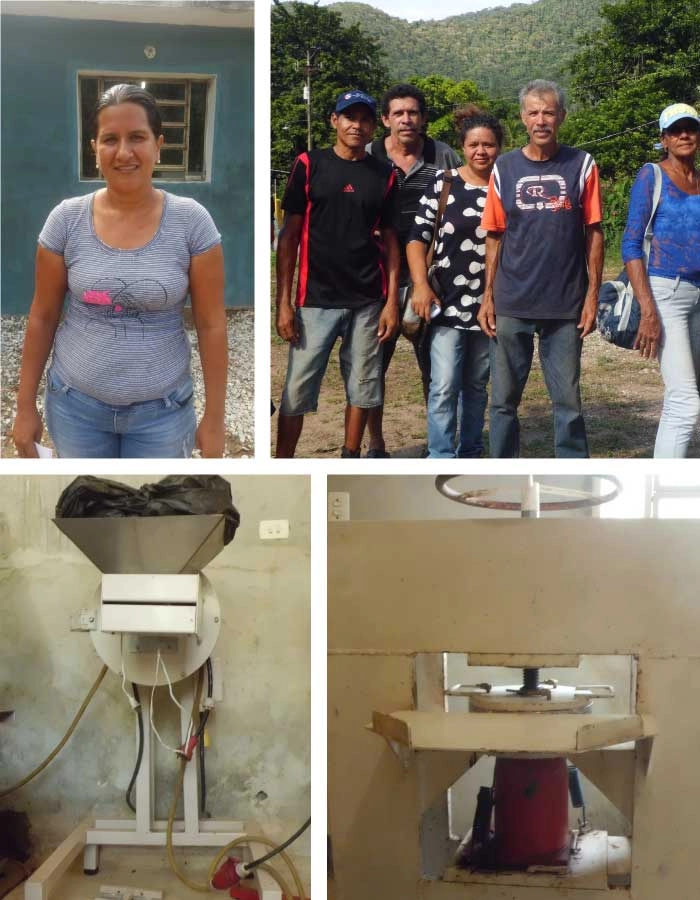
Geographical Location and Ecology
Geographical Location
- Country: Venezuela
- State: Carabobo
- Municipality: Puerto Cabello
- Area: 104 km²
- Average Altitude: 28 m. a. s. l
- GPS Coordinates: Longitude 68° 73' 40" W, Latitude 19°25' 00" N
- Inhabitants: No information available
Mantuano belongs to the Goaigoaza parish of the Puerto Cabello municipality in Carabobo State, Venezuela, a few kilometers from Puerto Cabello port, forming part of the San Esteban National Park extension. Before reaching the remote town, one passes through adjacent parishes like Borburata, where ancestral flavors and energy are felt through exuberant landscapes.
Ecology
Mantuano is located within the San Esteban National Park, considered an area of biodiversity with splendid landscapes including cloud forests, coasts, and islands. The vegetation is rich and varied with xerophilous areas and savannas. Mangroves abound on the coasts, while cardones and thorny shrubs are found to the south.
Mantuano's fauna is associated with the vegetation types and geographical characteristics of the San Esteban National Park area.
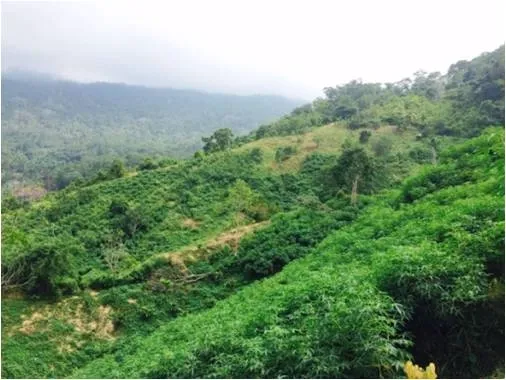
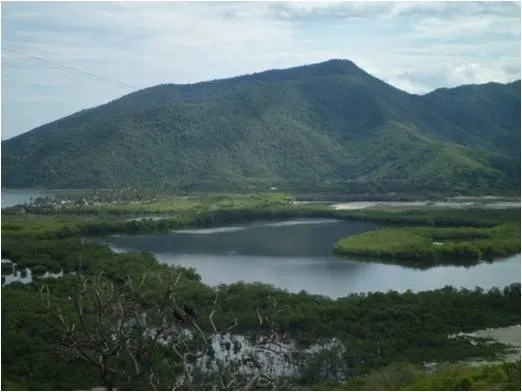
History
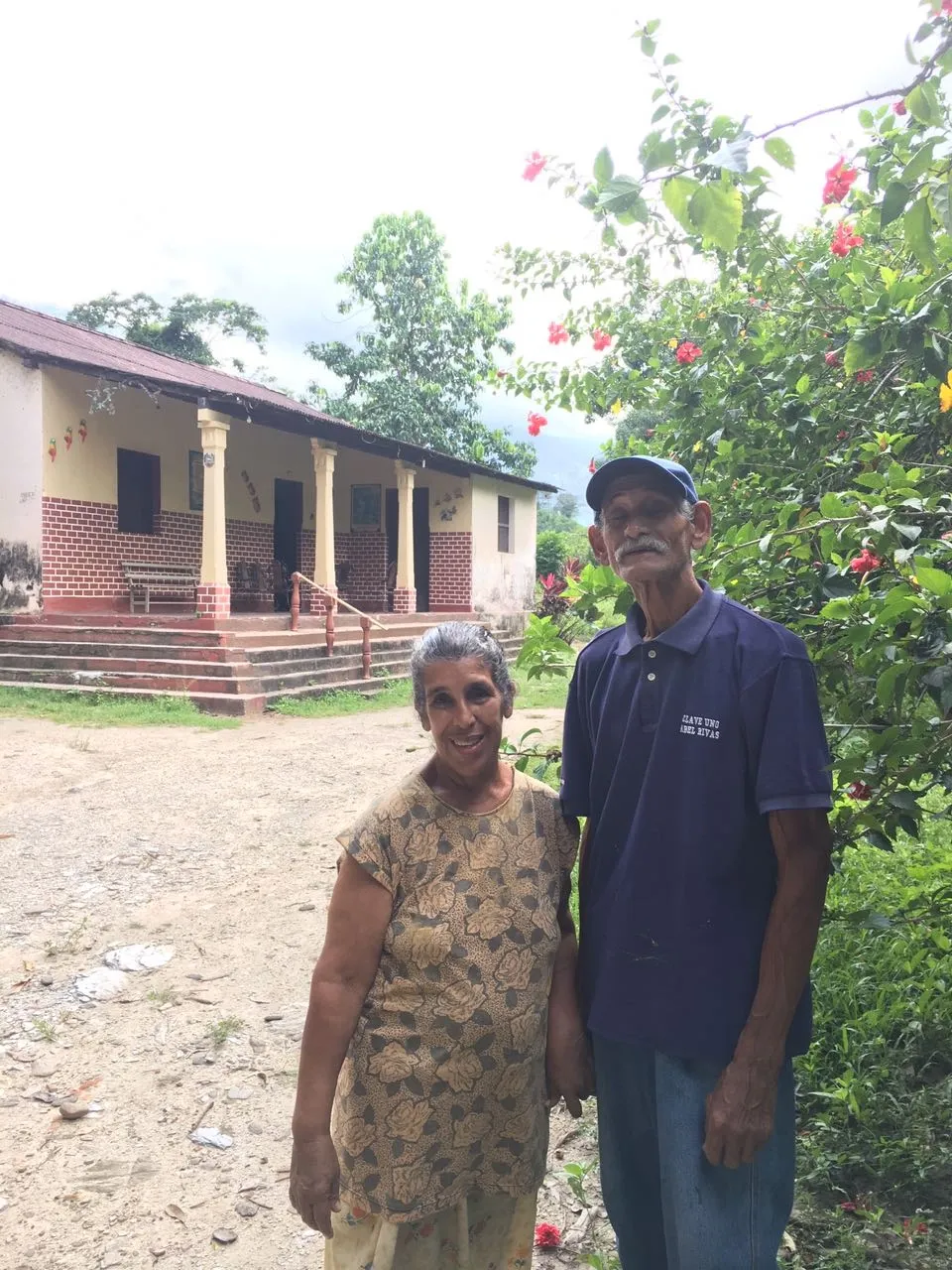
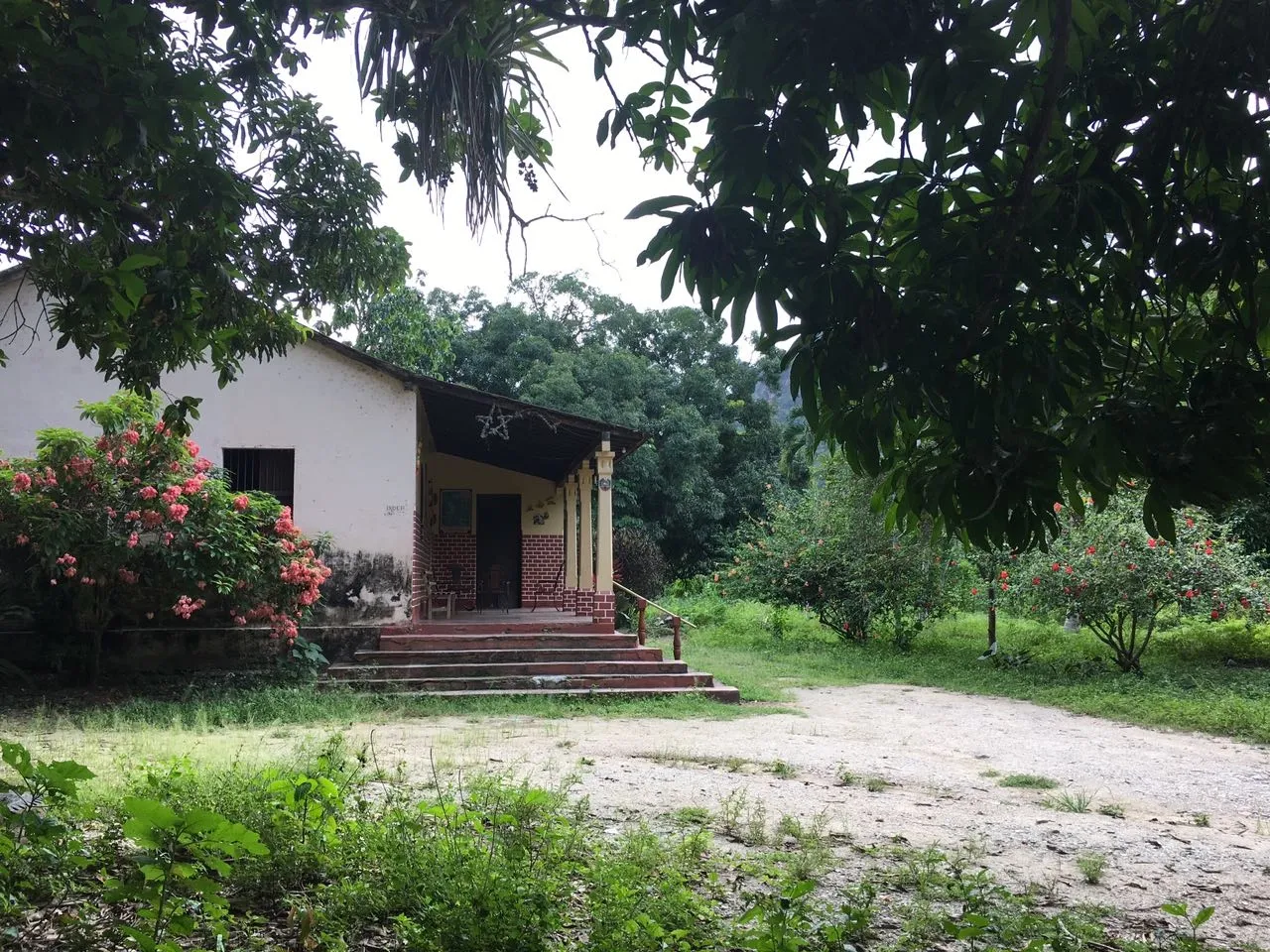
Mantuano belongs to the Goaigoaza parish of the Puerto Cabello municipality in Venezuela. The sector has no welcome sign but greets visitors with the warmth of its people who maintain the tradition of cultivating local cocoa, a particularly delicious delicacy for its aroma and flavor.
The town is named "Mantuano" after an 18th-century social class of large landowners and nobles, including Commendador Don Carlos Aszulba who took possession of the entire area now part of San Esteban National Park. He resided in "La Casona" - currently considered Mantuano's agricultural jewel - surrounded by extensive cocoa and coffee plantations.
In the 1960s, he sold the lands to the National Land Institute, which distributed 5-hectare plots to various families who maintained coffee and cocoa cultivation.
Over the years, the area was settled, becoming the San José de Cariaprima settlement, thus beginning organized work for the production of this exquisite seed.
Despite low economic activity levels (cocoa being their only livelihood), each producer continues fighting to preserve the tradition of this exquisite fruit.
Mantuano has no public transportation line, only taxis to certain zones.
It has a cooperative headquarters for producers and artisans where activities are conducted to rescue cultivation practices and improve post-harvest handling, teaching producers about proper agronomic techniques to enhance their productive activities.

